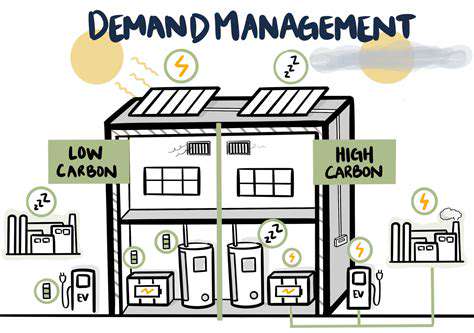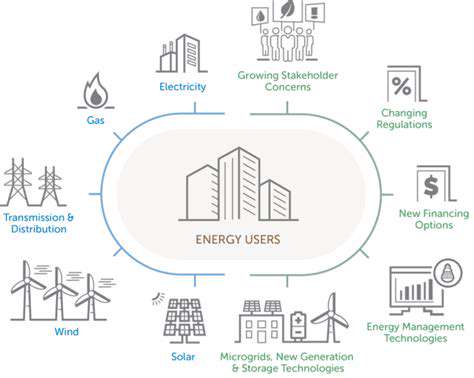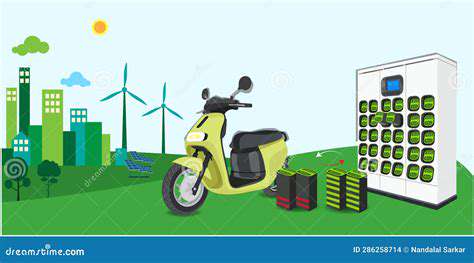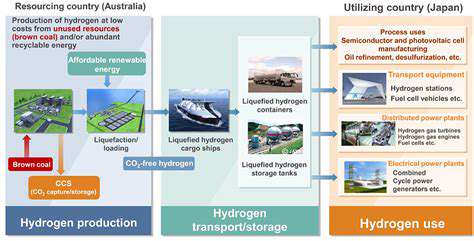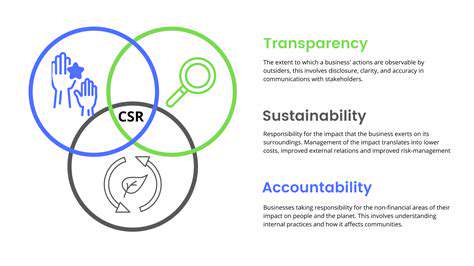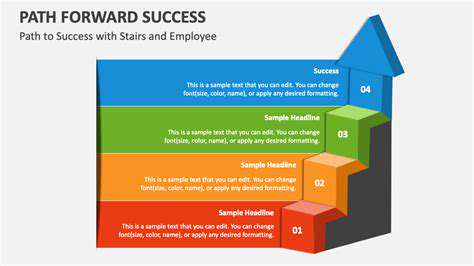Ambient Energy Harvesting: Powering the IoT with Renewable Energy
Introduction to Ambient Energy Harvesting
Understanding the Concept of Ambient Energy
Ambient energy harvesting captures and converts low-level energy sources present in our surroundings. These often-overlooked sources—such as vibrations, temperature variations, and even sound—are remarkably abundant. Transforming this energy into usable electricity could redefine technologies in remote or hard-to-access locations, where batteries or grid connections aren't practical.
At its core, the process involves sophisticated micro-electronics to convert ambient energy into electrical power. This enables everything from miniature sensors to larger devices to operate autonomously.
Types of Ambient Energy Sources
Ambient energy comes in many forms. Machinery vibrations, fluctuating air temperatures, and even human motion represent just a few examples. Solar energy, though not always classified as ambient, is frequently discussed in this context due to its widespread availability.
Other sources include gentle breezes and the kinetic energy from everyday activities. The challenge lies in tapping into these underutilized resources efficiently.
Harvesting Mechanical Energy
Mechanical energy harvesting extracts power from motion—whether from industrial equipment, pedestrian footsteps, or building sway. Piezoelectric or electromagnetic devices typically handle this conversion, making them ideal for scenarios where battery changes are impractical.
The Role of Piezoelectric Materials
Piezoelectric materials generate electricity when mechanically stressed, making them perfect for vibration-based energy capture. Their effectiveness depends on both the material properties and the vibration characteristics, requiring careful selection for optimal performance.
Challenges and Limitations of Ambient Energy Harvesting
Despite its promise, ambient energy harvesting faces hurdles. Low energy density from most sources demands complex, sometimes expensive technology. Additionally, output consistency varies widely based on environmental conditions and the specific energy source being tapped.
Applications and Future Prospects
Potential uses span countless sectors—environmental monitoring sensors, wearable tech, and beyond. Advances in materials science and microelectronics will likely yield more efficient, affordable harvesting solutions, expanding applications further.
This technology could herald an era of self-sustaining devices, reducing environmental harm from traditional power sources while enabling new innovations.
Economic and Environmental Considerations
Cost-effectiveness hinges on device affordability versus energy output. As technology matures, prices should drop, boosting adoption. Environmentally, ambient harvesting minimizes reliance on polluting power sources. Its potential to curb fossil fuel dependence could significantly shrink various industries' ecological footprints.
Harnessing the Power of the Environment
Harnessing Ambient Energy Sources for IoT Devices
For IoT networks, ambient energy harvesting eliminates frequent battery replacements—especially valuable in inaccessible locations. By converting vibrations, temperature shifts, or sunlight into electricity, devices achieve longer lifespans with less environmental waste. This approach is revolutionizing IoT deployment in remote areas where traditional power is unavailable.
Creating self-sufficient IoT networks through ambient energy could lead to smarter, more sustainable connectivity worldwide. It also reduces the ecological toll of battery disposal.
Optimizing Energy Conversion for Efficiency and Sustainability
Efficiency is paramount. Advanced materials must maximize energy conversion while minimizing losses. Understanding local conditions—like factory vibration patterns or regional sunlight—is critical for system design. Sustainability also demands eco-friendly, durable materials that withstand harsh environments with minimal maintenance.
Ongoing research into better materials and technologies will unlock ambient harvesting's full potential, enabling previously impossible applications.
Key Technologies in Ambient Energy Harvesting
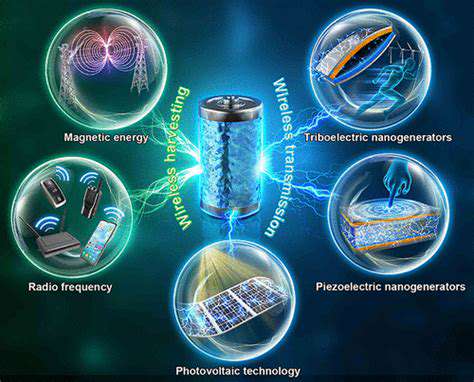
Harnessing the Power of Ambient Energy
Ambient energy, ever-present in our environment, remains largely untapped. Converting it efficiently could reduce fossil fuel reliance dramatically, especially for small, remote devices.
Thermal Energy Harvesting
Thermoelectric generators turn temperature gradients into electricity, ideal for recycling waste heat from industrial processes or vehicles.
Piezoelectric Energy Harvesting
These materials generate power from vibrations or pressure—perfect for wearables or machinery sensors. Their compact size enables widespread use in tiny electronics.
Solar Energy Harvesting
Even small photovoltaic cells can harness ambient light for continuous power. Solar remains indispensable for sustainable energy strategies, particularly in off-grid applications.
Kinetic Energy Harvesting
Motion-based energy capture suits dynamic settings like vehicles or buildings. Continuous improvements are enhancing its reliability.
Wind Energy Harvesting
Miniature turbines exploit breezes in windy locales. Their efficiency grows with technological refinements.
Magnetic Energy Harvesting
Though nascent, harvesting electromagnetic fields could someday power devices near electrical infrastructure or natural magnetic sources.
Applications and Impact of Ambient Energy Harvesting
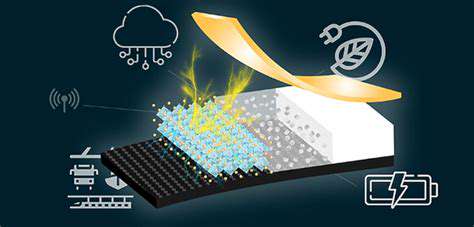
Ubiquitous Computing and the Everyday
Ambient computing blends technology seamlessly into environments. Smart homes that adjust lighting or music automatically exemplify its transformative potential, making life more intuitive.
Transforming Industries and Workflows
From factories optimizing operations via embedded sensors to hospitals monitoring patients remotely, ambient systems boost efficiency. Retailers also leverage it for personalized shopping experiences, enhancing customer engagement.
Environmental Impact and Sustainability
While beneficial, ambient tech must prioritize energy efficiency and eco-friendly designs. Robust data privacy measures are equally critical to maintain trust as these systems collect vast amounts of information.
